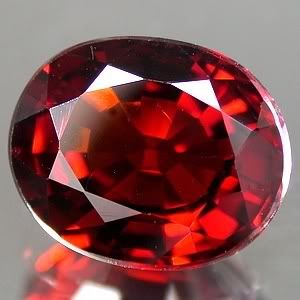Sodalite
Sodalite is a rich royal blue mineral widely enjoyed as an ornamental gemstone. Although massive sodalite samples are opaque, crystals are usually transparent to translucent. Sodalite is a member of the sodalite group and—together with hauyne, nosean, and lazurite—is a common constituent of lapis lazuli.
The mineral sodalite is named for its sodium content. As a gemstone, sodalite is usually a deep blue, often with a violet tint, and frequently contains white veins of calcite. Well known in the gemstone world for its rich royal blue color, sodalite may also be grey, yellow, green, or pink and is often mottled with white veins or patches. The more uniformly blue material is used in jewelry, where it is fashioned into cabochons and beads. Lesser material is more often used as facing or inlay in decorative objects.
Sodalite was first discovered in Greenland in 1806. It did not become important as an ornamental stone until 1891 when large deposits of fine material were discovered in the province of Ontario in Canada.
Sodalite brings inner peace. Keep sodalite in your pockets and in every room of your house, so its peaceful properties will flow all around you. Sodalite is the stone of athletics, as it stimulates endurance. It is said sodalite will harmonize the inner being or the conscious and subconscious mind. Sodalite promotes peace and harmony. Sodalite is extra lucky for writers.









